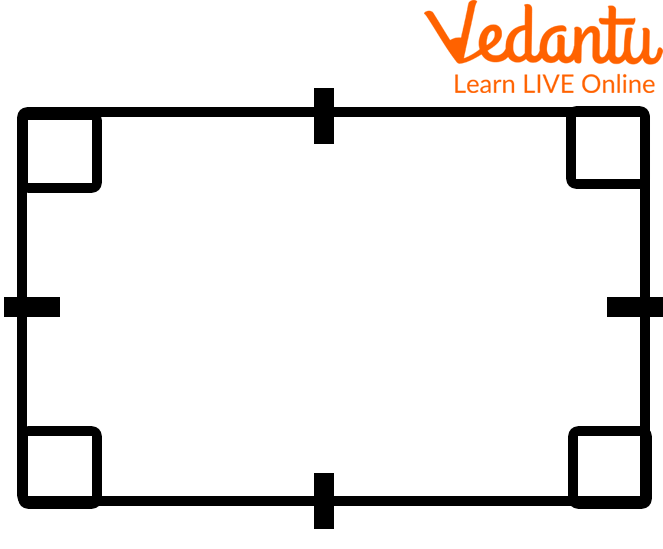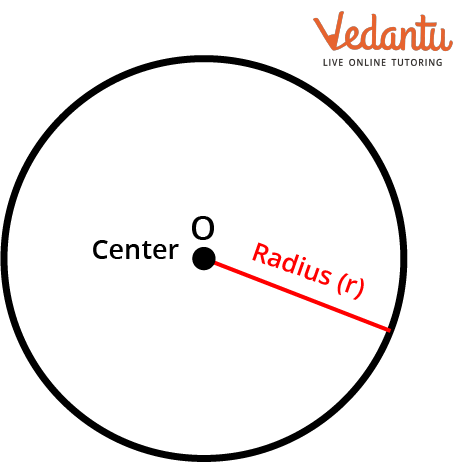An Overview of Cbse Class 6 Maths Notes Chapter 8
FAQs on Cbse Class 6 Maths Notes Chapter 8
1. What are the key concepts covered in the Class 6 Maths Chapter 8 Playing with Constructions revision notes?
The revision notes for Playing with Constructions Class 6 focus on basic geometric tools (compass and ruler), construction of angles and triangles, drawing circles, understanding properties of squares and rectangles, use of diagonals, and applying constructions to solve real-life problems.
2. How can using a compass and ruler help in geometric constructions, as per Class 6 syllabus?
Using a compass helps create accurate circles and arcs of given radii, while a ruler is used for drawing straight line segments. Mastering these tools ensures precision in constructing geometric shapes, which is essential for following the NCERT syllabus and developing a strong foundation in geometry.
3. What is the importance of revising geometric constructions in Class 6?
Regular revision of geometric constructions helps students understand core geometric ideas, improve spatial reasoning, and build confidence for advanced mathematical concepts. It develops attention to detail and problem-solving skills which are beneficial for exams and real-life applications.
4. Which strategies can make revision of Class 6 Playing with Constructions more effective?
To revise efficiently, students should:
- Practice drawing and measuring with compass and ruler frequently.
- Review definitions of key terms like radius, diagonal, perpendicular, and symmetry.
- Revisit step-by-step construction procedures for various shapes and angles.
- Test understanding by attempting sample constructions without looking at notes initially.
5. What are common misconceptions students should avoid when revising geometric constructions?
Some common misconceptions include:
- Assuming all shapes with four sides are squares.
- Misidentifying the radius and diameter of a circle.
- Neglecting to keep the compass fixed at the centre while drawing circles.
- Confusing perpendicular lines with parallel lines.
Reviewing these in the revision notes can help build conceptual clarity.
6. Why is it essential to connect geometric constructions with real-life applications in revision?
Connecting constructions to real-life scenarios—such as designing patterns, architectural models, or using measurements in daily tasks—helps students understand the value of geometry and reinforces the concepts, making revision more meaningful and practical.
7. How should a student approach quick revision for Class 6 Maths Chapter 8 before exams?
For quick revision:
- Go through summary points and concept maps if available.
- Recall the steps to construct basic shapes and angles without referring to the notes initially.
- Focus on the logic behind each construction method.
- Address any recurring doubts or errors found during practice sessions.
8. What are the crucial topic interconnections in Playing with Constructions Class 6 notes that students should review together?
Students should note that mastering the use of the compass and ruler is foundational for constructing angles, triangles, and circles. Understanding the properties of squares and rectangles also helps in recognizing symmetry and perpendicularity, which interlinks with tasks in later chapters like Symmetry and Lines and Angles.
9. How can mistakes in construction be identified and corrected during revision sessions?
To identify mistakes, students should:
- Measure angles and sides using tools after each construction.
- Compare their results with the standard properties (e.g., diagonals of a square being equal).
- Check alignment of points and intersections for accuracy.
- Use revision notes to cross-verify each step if any error is found.
10. What value do conceptual revision notes add compared to just practicing constructions?
Conceptual revision notes summarise key terms, highlight important properties, and provide logical connections between topics. They help students see the bigger picture, remember crucial steps, and avoid rote learning, ultimately leading to better retention and understanding, as required by the CBSE exam pattern for 2025-26.
























